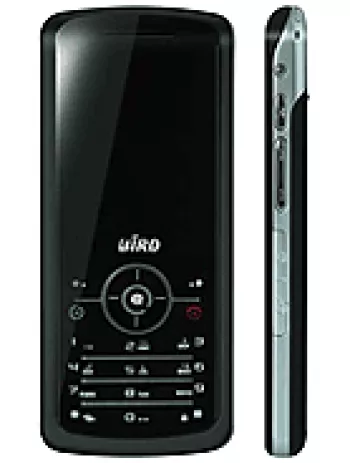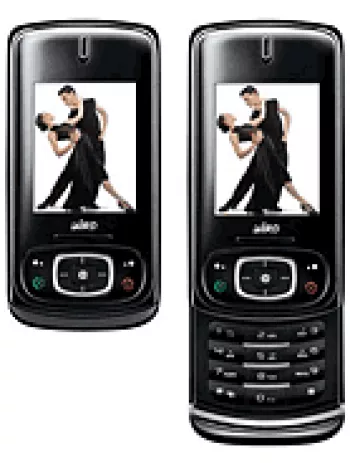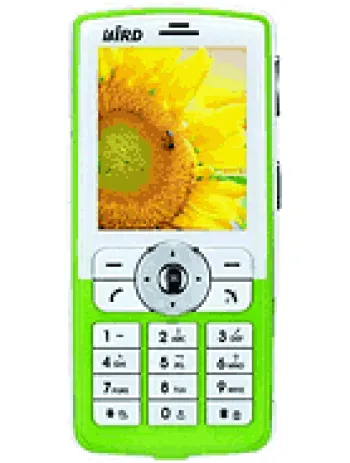
Overview of Bird M11
The Bird M11, announced in the first quarter of 2006, was a mobile device that never saw the light of commercial release. Despite its cancellation, examining its features offers insight into the design mindset and technological capabilities of feature phones during that period. The Bird M11 was designed as a simple, straightforward mobile device, targeting users who needed standard phone functions without the added complexities of modern smartphones.
Network and Connectivity
The Bird M11 was a GSM-based device, supporting GSM 900, 1800, and 1900 bands. It was capable of working over 2G networks, providing basic services like voice calls and text messaging. The device supported GPRS for basic data services, though it did not have EDGE capabilities, which was typical for non-smart devices at the time. Due to its design simplicity, it lacked features like Wi-Fi, Bluetooth, GPS, and radio, though it offered connectivity through a proprietary USB interface.
Design and Build
With dimensions of 108 x 44 x 15.2 mm and a weight of 88 grams, the Bird M11 was designed to be compact and easily portable. The use of a Mini-SIM slot is indicative of the industry's standards during this period. The device featured a minimalist design, suitable for its function-focused purpose, and aimed to provide a lightweight, durable option for everyday communication needs.
Display
The Bird M11 was equipped with a CSTN display capable of rendering 65K colors. The screen resolution was 128 x 128 pixels, sufficient for presenting basic icons and text but not intended for media-rich applications. The display was functional for viewing SMS messages, checking call logs, and navigating through the basic menu options.
Memory and Storage
This device came with an internal storage capacity of 32MB, without support for expandable storage, as there was no card slot available. Memory was designated primarily for internal processes and storing contact information; it could hold up to 100 contacts in its phonebook. The call log capability included records of the last 20 dialed, received, and missed calls, reflecting the simplicity and straightforward use-case of the phone.
Battery Life
The Bird M11 housed a removable Li-Ion battery with a capacity of 720mAh. While modern smartphones may eclipse this in capacity, the battery was sufficient for the device's limited power requirements. Due to its basic operating system and lack of energy-draining features, the device likely boasted satisfactory standby and talk times, meeting the expectations for mobile phones of its era.
Sound and Alerts
The Bird M11 did not include a loudspeaker or a 3.5mm audio jack, an indicator of its pure function-focused nature. The phone supported vibration and polyphonic (16) ringtones for alerts and notifications, which were standard alert types for devices in this category.
Software and User Interface
Operating as a feature phone, the Bird M11 ran on a proprietary operating system designed for basic tasks like calling and texting. Messaging capabilities included SMS and MMS, allowing users to send and receive multimedia messages within the constraints of the network speed and display capabilities. It also featured WAP 2.0 for simple web browsing. Java support and sensors were absent, limiting the machine's scope for running additional applications or features beyond its pre-installed offerings.
Additional Features
Additional features of the Bird M11 included basic gaming options meant for entertainment purposes. The lack of a camera was a trade-off for maintaining a low-cost device profile, aimed at users whose priority was communication rather than media consumption. Its stripped-down feature set aligned with the needs of users who prioritized battery life and ease of use over technology extras.
Conclusion
While the Bird M11 never reached consumers, its intended specifications provide a snapshot of mobile technology from the mid-2000s. With a focus on providing essential communication functions at a lower cost, such devices had a niche yet significant role in mobile telecommunications, catering to users who preferred simplicity and reliability over more extensive multimedia features.
Main Features of Bird M11
- Compact dimensions: 108 x 44 x 15.2 mm, making it easy to hold and carry.
- Lightweight design at 88 g for greater portability.
- GSM technology support, ensuring basic connectivity.
- 65K color CSTN display, offering basic color display.
- Provides space for 100 phonebook entries, allowing essential contacts to be stored.
- Tracks 20 dialed, 20 received, and 20 missed calls, helping with call management.
- Polyphonic ringtones with 16 tones, providing customizable alert options.
- Supports SMS and MMS messaging for communication.
- WAP 2.0 browser for basic internet browsing.
- Includes games for entertainment.
- Removable Li-Ion battery, providing the flexibility of battery replacement.
Disadvantages of Bird M11
- Limited network technology; only supports GSM.
- Device was announced but cancelled, never officially released to market.
- Display type is CSTN, which is lower quality compared to modern screens.
- No 3G, 4G, or EDGE support, which limits internet connectivity speed.
- Lacks many modern connectivity options; no WLAN, no Bluetooth, no GPS, and no radio.
- Uses a proprietary USB connection instead of a standard connection.
- Very limited internal memory with only 32MB and no card slot for expansion.
- No camera feature available.
- Limited to only polyphonic ringtones, and lacks a 3.5mm audio jack.
- No loudspeaker capability.
- Supports only basic messaging services (SMS, MMS) without additional modern messaging apps.
- No Java support, which limits the ability to run apps and games.
- Removable battery is a feature that might suggest older design standards.

View Also
More Phones
All Rights Reserved +14267 Phones © Mobilawy 2025

























